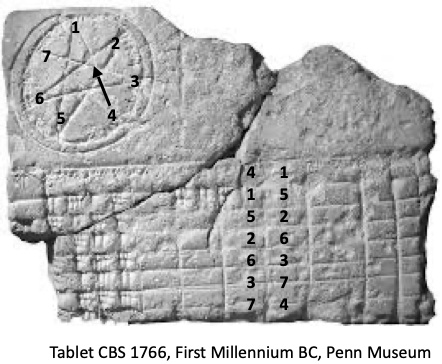[This is a guest post by Axel Schuessler]
Some Old Chinese (OC) words that relate to religion, mythology and ritual, and words found in ritual literature (Yijing, Liji, Zhouli), have no Sino-Tibetan (ST) roots, but instead have connections with other language families.
For comparison, the first section of this paper will list (§1) Sino-Tibetan words, i.e., ones with Tibeto-Burman (TB) cognates. Then: (§2) Mon-Khmer words from the state of Chu and mid-Yangtze region. (§3) Miao-Yao (Hmong-Mien) and area words, perhaps also from the mid-Yangtze. (§4) Tai/Kra-Dai items from the Huai River basin. (§5) The Gou-language(s), so called because among its prefixes stands out a conspicuous syllable gou (see Schuessler forthc.). These languages were in prehistoric times spoken from at least Yue in the South in the vicinity of the Coast all the way to Song and Qi. Their connection with known language families is unknown. (§6) The last section is dedicated to the mythological figures Xi and Hé 羲和.
About the hypothetical early historic locations of these language families, see Schuessler forthc. (“Tigers, and the languages of ancient Chu, Wu, and Yue”). Outside of China, the items under consideration tend to be ordinary, mundane words, but in OC they often acquire a narrow meaning just for ritual use. This identifies them as loans.
Read the rest of this entry »
 Calendars, old and new, are based on astronomical cycles: the yearly cycle of the sun; the monthly cycle of the moon. But there is one unit of time that doesn’t adhere to any celestial rhythm: the seven-day week.
Calendars, old and new, are based on astronomical cycles: the yearly cycle of the sun; the monthly cycle of the moon. But there is one unit of time that doesn’t adhere to any celestial rhythm: the seven-day week.